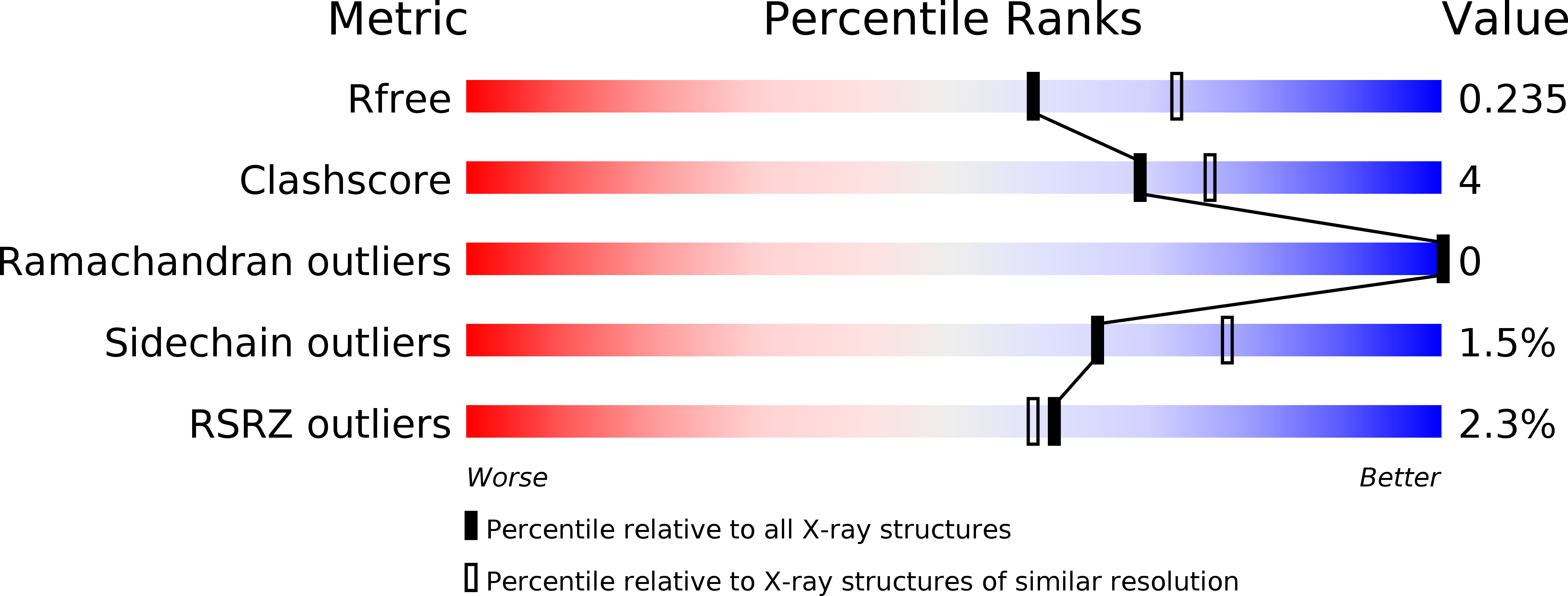
Deposition Date
2019-03-13
Release Date
2019-11-13
Last Version Date
2024-11-20
Entry Detail
PDB ID:
6O9B
Keywords:
Title:
Crystal structure of HLA-A3*01 in complex with a wild-type beta-catenin peptide
Biological Source:
Source Organism:
Homo sapiens (Taxon ID: 9606)
Host Organism:
Method Details:
Experimental Method:
Resolution:
2.20 Å
R-Value Free:
0.22
R-Value Work:
0.18
R-Value Observed:
0.18
Space Group:
P 6 2 2


